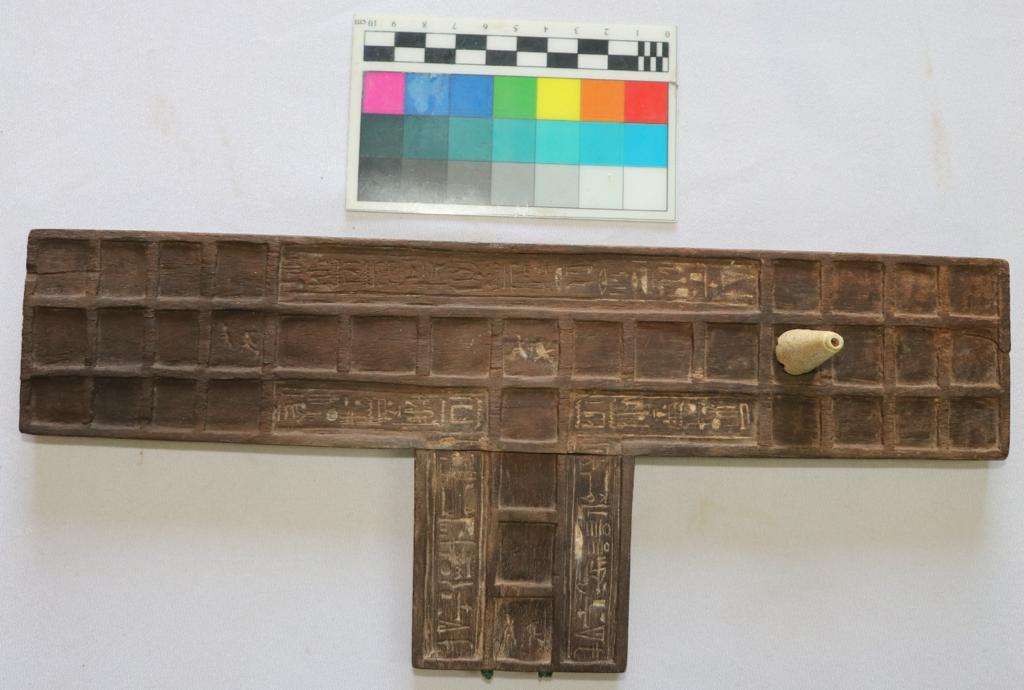By: Dr. Zahi Hawass
It is a game that was common among princes and the royals, and also among the commons. It relied on thinking, and the word cent meant: crossing.
This game was one of the games beloved by ancient Egyptians, where two people played it, each moving a piece around a board pided into squares like chess, and the player has to dodge his opponent until he can overcome it.
The shape of the cent board has varied in different eras in ancient Egypt, but the most common one is that consists of thirty squares pided into three rows in each row of ten squares.
This rectangular board was placed on a low-legged table or a rectangular box with a place to store playing pieces.

This game had a religious significance; as it symbolized the struggle for access to the other world, so it is believed to be a way for the deceased to reach the fields of Iyaro (Heaven) if he defeated his opponent; therefore, the game contained scenes of gods and religious texts, and appeared frequently in tombs and in the Book of the Dead.
In the Ramesside era, a scene appeared on the walls of a tomb depicting the owner of the cemetery sitting in front of the playing board playing with his opponent, which is a huge snake that interrupts his walk in the other world.
And through the accompanying texts that talk about the game, we know that it started from the fifteenth square and ended at the twenty-seventh square, in which the hieroglyphic sign meaning water was written; so that the victor can throw his opponent into the water.
Because of its religious and worldly importance, it became one of the funeral furniture furnished the tomb of the deceased.
The oldest model of this game was found by Al-Mahasna village, in Sohag Governorate.
The board was made of burnt clay, the surface of which was pided into 18 squares in three rows. This game was also depicted on the walls of the tomb of "Hassi Ra", among other games, which were depicted in his tomb in Saqqara, as the so-called "Ra Hoteb" referred to it, as part of his funerary furniture list.

And a wooden model of a warship was found with two seated officers playing cent while guarding.
One of the most beautiful scenes of playing this game is a scene of King Ramses III on the walls of his funerary temple in Habu City, playing it with one of his wives, who gives him a bouquet of flowers while playing.
Among the most famous and beautiful examples of this game is what was found in the tomb of Tutankhamun, where he found in his tomb three boards of the game in the annex of the hallway, the largest of which was made of gilded ebony covered with ivory, 20 cm high, 16 cm wide and 55 cm long, which is resting on the legs of a lion on a frame similar to the skis and the frameless box is beautifully decorated with royal titles.
One of the playing boards was pided into thirty squares and another board was pided into twenty squares.
As for the drawers for storing the playing pieces, they were found empty, as it was possible that the pieces were made of valuable materials, so thieves stole them. Another example was found in the tomb of Thebes.
In recent excavations that I have carried out in the Saqqara region, which I announced to the whole world, I found a board with one face on it, the game of twenty square (gamma) and on the other side the game of cent, which some likened to chess.
Contributed by Ahmed Moamar






